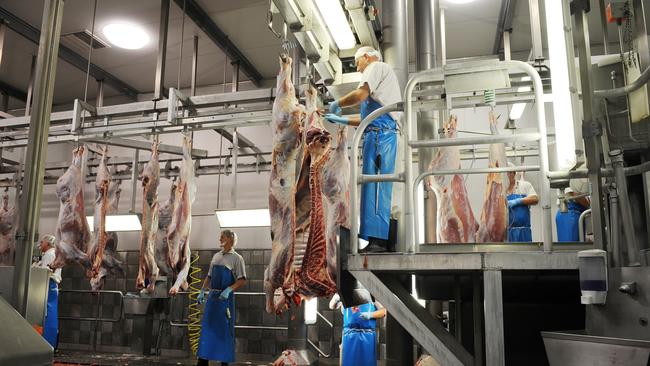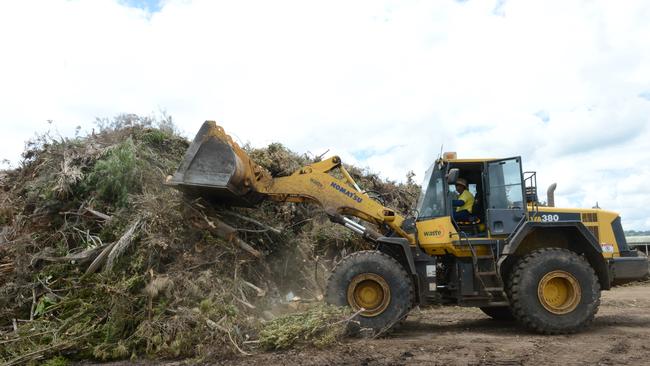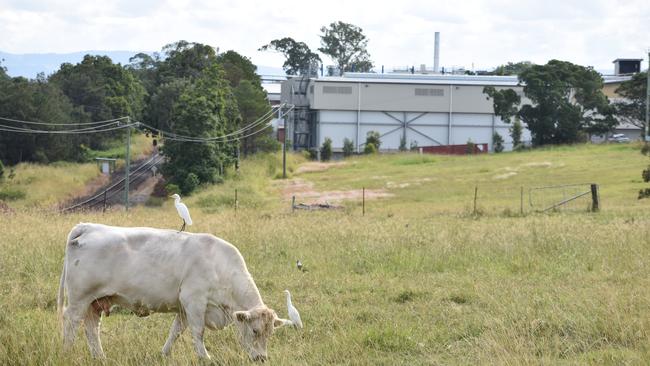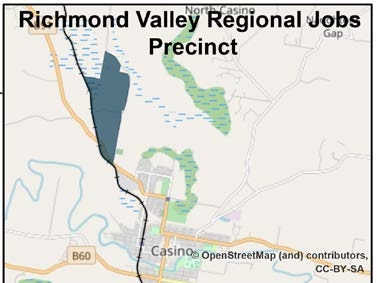Concerns raised Casino waste incinerator could threaten agricultural industry
Burning garbage in the Northern Rivers could spell the end for the beef industry in Casino, one environment advocate says. But council says it’s the solution to landfill. Find out why the community is up in arms.

Lismore
Don't miss out on the headlines from Lismore. Followed categories will be added to My News.
Richmond Valley Council is pushing for a waste to energy incinerator at Casino to reduce reliance on landfills, but one environmental advocate says the toxins produced could mean the end for the agricultural industry in the beef capital of NSW.
Richmond Valley has been identified by the NSW Government as one of four council areas where a waste incinerator could be built – alongside Parkes, Goulburn and Lithgow – after the EPA banned incinerators in greater Sydney.
Richmond Valley Council general manager Vaughan Macdonald said the council had been working with 12 other North Coast councils across the last four years to find an alternative to shipping waste to Queensland.
“During this time energy from waste facilities have been investigated as a solution and research shows they have less impact on the environment than our current landfill practices,” Mr Macdonald said.
But Jo Imming, co-ordinator of the not-for-profit National Toxics Network which works towards pollution reduction and protecting the environment, said a waste to energy incinerator would be catastrophic for the Northern Rivers.

“If there was an incinerator in Casino it would no longer be the beef capital of New South Wales,” she said.
The Richmond Valley is an agricultural region with more than 70 per cent of its production in livestock, and other industries including milk, eggs, cereal, horticulture and broadacre crops.
Ms Imming said waste incinerators create a toxic chemicals like dioxins, furans and mercury which don’t break down and concentrate in livestock, eggs and milk, directly impacting agricultural industries.

“Casino would be stigmatised and all the produce that would come from there would be scrutinised for dioxins and other contaminants and it would be very likely found and it would be the end of that industry in that town,” she said.
“That's what’s at risk is people’s livelihoods, people’s way of life and their health and the health of their children.
“You're talking about decades of 24 hours a day seven days a week, burning mixed plastic waste, spewing out it’s pollution all over the Shire.
“It's the dirtiest form of energy production, dirtier than coal and gas. And it’s in no way renewable or sustainable.”

In a 2020 review of how waste to energy incinerators impact human health and the environment, the Chief Scientist of NSW recommended incinerators should not be located in proximity to food production.
However, if an incinerator goes ahead in the Richmond Valley, it would likely be placed at the Casino Jobs Precinct in proximity to meat processing facilities.
Waste incinerators have been banned in greater Sydney over concerns it would be too toxic for the urban environment.
When asked why waste incinerators were suitable for the Northern Rivers, but not for Sydney, an EPA spokesman said: “All energy from waste facilities proposed in NSW need to be assessed on their merits and comply with relevant planning and environmental legislation.”

There have been no formal development applications to build an incinerator in Casino, however Richmond Valley Council has received expressions of interest from the industry before resolving to pause investigations into build a waste incinerator.
But ultimately, the decision on whether an incinerator is built sits with the NSW Government.
“The NSW Government and EPA have abandoned the community in Northern NSW and forced us to fight a development proposal for a so-called ‘waste to energy’ incinerator in Casino,” Ms Imming said.
“They’re now pitting the community against multinational corporations in another David and Goliath battle which seeks to industrialise our farming land and pollute and stigmatise the Northern Rivers region.”





